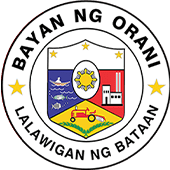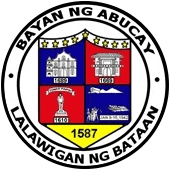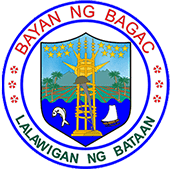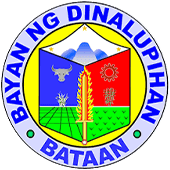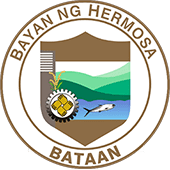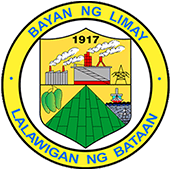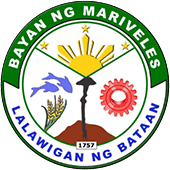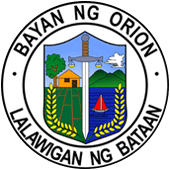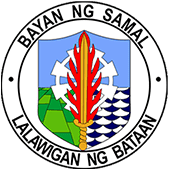- About
- Governance
- Transparency Seal
- Provincial Officials
- Departments
- Provincial Governor’s Office
- Office of the Vice-Governor
- Sangguniang Panlalawigan
- Provincial Administrator’s Office
- Provincial Social Welfare and Development Office
- Provincial Population Office
- Provincial Government – Environment and Natural Resources Office
- Provincial Engineer’s Office
- Provincial Planning and Development Office
- Provincial Health Office
- Provincial Legal Office
- Provincial Tourism Office
- Provincial Information Technology Office
- Provincial General Services Office
- Provincial Human Resources & Management Office
- Provincial Information Office
- Provincial Disaster Risk Reduction and Management Office
- Provincial Cooperative & Enterprise Development Office
- Provincial Budget Office
- Provincial Treasurer’s Office
- Provincial Assessor’s Office
- Provincial Warden
- Public Employment Services Office
- Provincial Veterinary Office
- Office of the Provincial Agriculturist
- Office of the Provincial Accountant
- Iskolar ng Bataan
- Bataan Public-Private Partnership and Investment Center
- Bataan Human Settlement Office
- Cultural Heritage Preservation Division
- Internal Audit Services
- Metro Bataan Development Office
- Bagac Community and Medicare Hospital
- Jose C. Payumo Jr. Memorial Hospital
- Orani District Hospital
- Mariveles District Hospital
- City & Municipalities
- SP Ordinances
- Citizen’s Charter 2024
- Behold Bataan
- Services
- 1Bataan
Orani
- Home
- Orani
A Brief History of Orani
Legend
One day, a Spaniard, while walking and surveying a thick forest, passed by a native who was cutting a big tree. The Spaniard asked the native about the name of the tree and the reply was “narra”. The Spaniard mistook the reply as “no ira” which meant “unselfish”. The Spaniard then rearranged the letters from these words till it finally came out as “Orani”, which thenceforth became the official name of the town.
Background
The town and the church of Orani became an independent missionary center in 1714. the Dominican friars built the church and became their quarters in Bataan since then. The place grew into a little prosperous town until it was nearly brought down the ground during the earthquake of September 16, 1852. Important studies shows that the church and the municipal government building were also destroyed. They were rebuilt till 1891 when Orani again resumed its slow march for growth. This growth was checked again by the great fire of March 16, 1938, which almost burned three-fourths of the whole town, including schools, the church and the town hall. Reconstruction began, but before they could finish, World War II broke out and once again the town suffered tremendous destruction. After the war, the people of Orani are once again building their town.
Elected Officials
Mayor: Efren Dominic E. Pascual Jr.
Vice-Mayor: Emmanuel R. Roman
Sangguniang Bayan Members:
- Jose Gener Q. Pascual
- Maria Abba N. Sicat
- Francis S. Dela Torre
- Jun Anthony I. Reyes
- Mayfair B. Sibug
- Bonifacio F. Cruz Jr.
- Renato R. Bugay
- Miguel S. Paredes
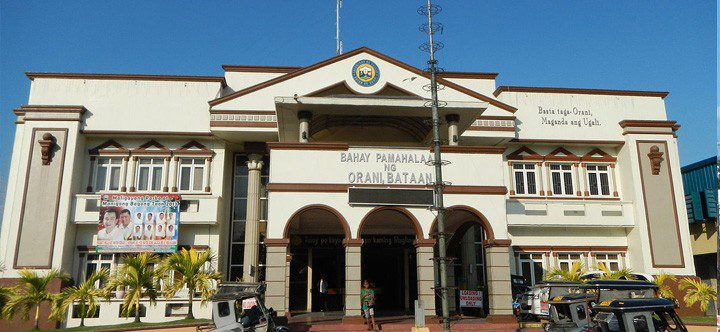

FAST FACTS
The municipality of Orani is located 115 kilometers northwest of Manila and is bounded on the north by Hermosa, on the south by Samal, on the west by Dinalupihan and on the east by Manila Bay.
It has a total land area of 6,490 hectares covering 29 barangays. It has a total population of 70,342 as of May, 2020 (2021 SOCIO-ECONOMIC PROFILE 2023). It is projected to have a population of 72,601 by 2023.
Palay, coffee, vegetables, peanut, citrus trees and fruit trees are the major produce. Cutflowers like aster, chrysanthemum and gerbera are locally cultivated while bamboo and jungle vines can be gathered from Orani’s rich forestlands. Aquamarine resources like milkfish, tilapia, prawn, crabs, mussels and oysters are caught in Orani’s rich fishing grounds and fishponds.
UTILITIES AND AMENITIES
Digitel and Bataan Telephone Exchange (Battlex) provide telephone services to residents of Orani. A telegraph and telex office is managed by the Bureau of Telecommunications. Aside from the Philippine Postal Corporation which provides postal services, the town also has a private courier and Internet service provider. A cable television station, Clear Vision Cable TV Company, also operates in the area.
Ninety-nine percent (99%) of the households and commercial establishments are serviced by the PENELCO for their power needs.
There is adequate potable water supply provided by the Orani Water District. There are areas with free flows, shallow and deep wells.
MAJOR INDUSTRIES
Most industries existing in Orani are agriculture-based such as rice and coffee production, food processing, cutflower production, and aquaculture of milkfish, tilapia, crab and prawns. Prawn processing has become a major dollar earner for the municipality. Garments manufacturing and metal and iron works also proliferate in the area.
PALAY PRODUCTION
As of 2021 (2021 SOCIO-ECONOMIC PROFILE 2023), the effective area of palay production is 830.50 hectares. Yielding an estimated 4,323.75 metric tons or 93,995 cavans of rice. The average production is computed to 5.21 metric tons per hectare of rice-land or 113 cavans.
AQUACULTURE
The area devoted to aquaculture in the region (2021 SOCIO-ECONOMIC PROFILE 2023) measures 348.36 hectares, with a breakdown of 4.36 hectares dedicated to freshwater fishponds and 344 hectares allocated for brackish water fishponds. This allocation of resources showcases the significant investment made towards the development of the aquaculture sector and its potential for growth.
FISHERIES
In the coastal town of Orani (2021 SOCIO-ECONOMIC PROFILE 2023), there are a total of 3042 full-time fishermen who operate in the region. These fishermen utilize a fleet consisting of 496 motorized boats and 26 non-motorized vessels to carry out their daily operations. The local fishing industry is also supported by a centralized fish port, which serves as a hub for the post-harvest activities of smoking, drying, and salting the catch. This communal infrastructure effectively serves the needs of the area’s fishing community.
INVESTMENT OPPORTUNITIES
Located in Orani is the 1Bataan Command Center, a government-owned infrastructure which houses peace and order-related and traffic management agencies. The compound also houses a soon-to-rise high bed-capacity district hospital, which can also cater to its neighboring towns.
This town is ideal for residential and commercial investors as it experiences an increasing demand for residential and commercial real estate. Its strategic location and vision of being a world-class eco-tourism hub in Bataan, makes Orani an investment hub for agriculture and tourism.
The Bunker
Mon – Fri: 8:00 am – 5:00 pm

